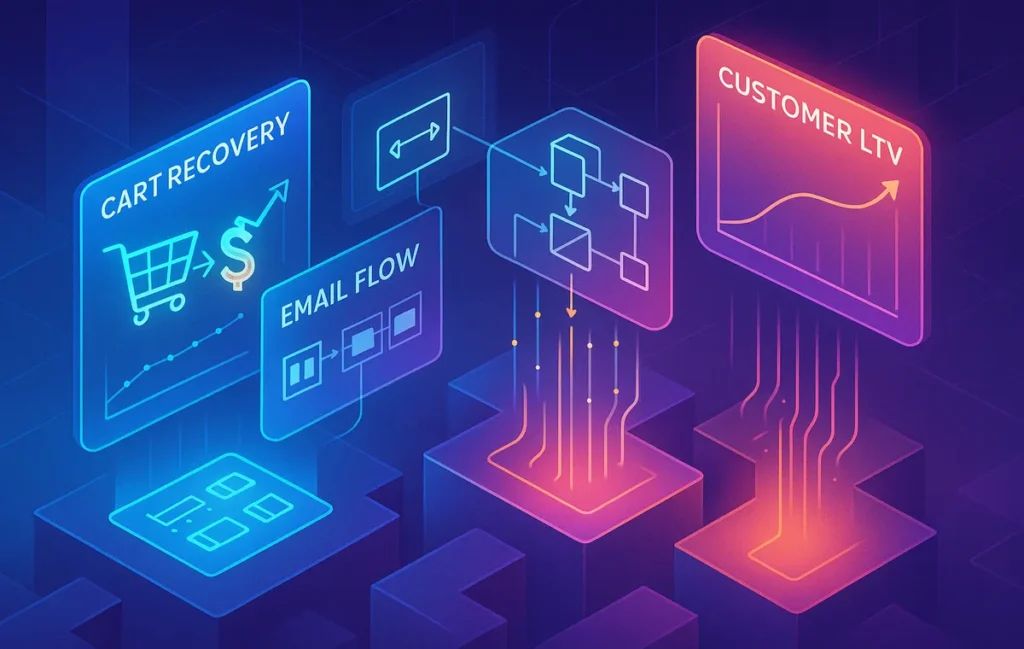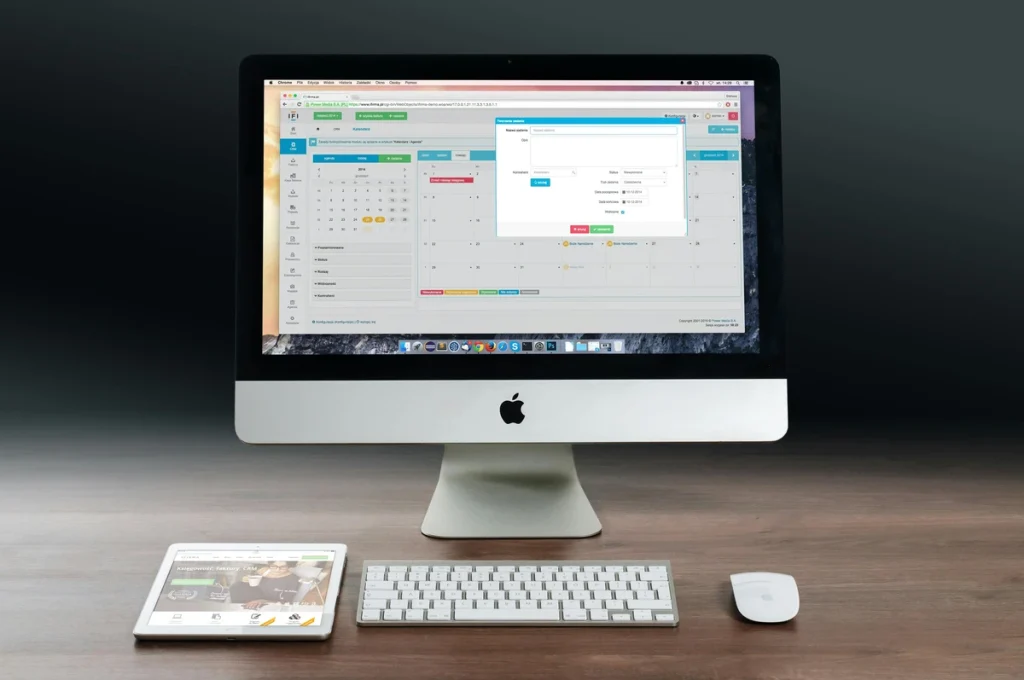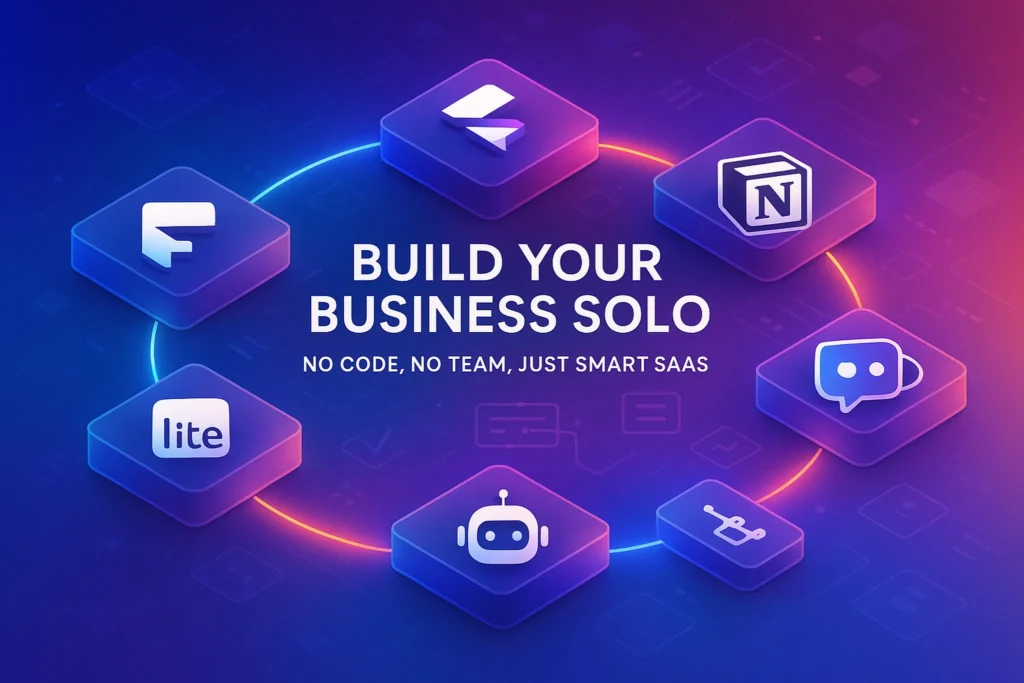🛒 Intro:
Ecommerce has always been about margins. Customer acquisition is expensive, ads are unpredictable, and platforms keep shifting rules. In 2025, the best ecommerce brands understand that the real profit comes not just from the first purchase, but from increasing lifetime value (LTV). That’s where email marketing software steps in.
Today’s leading platforms don’t just send emails. They’re behavioral engines that predict churn, trigger perfectly timed flows, and nurture customers into repeat buyers. A well-optimized abandoned cart sequence can recover 15–20% of lost revenue. A strong post-purchase flow can increase reorder rates by double digits. For ecommerce, the question isn’t whether you need email marketing software—it’s which tool will give you the most ROI.
💡 Nerd Tip: If you want sustainable ecommerce growth, stop thinking in campaigns and start thinking in flows.
🚀 Why Email Marketing is the Ecommerce Growth Engine in 2025
Social ads fluctuate. Search algorithms punish overnight. But an email list is owned media, and it consistently delivers some of the highest ROI in digital marketing. According to multiple industry benchmarks, email marketing for ecommerce generates $36–$42 for every $1 spent, depending on vertical.
For ecommerce, this comes down to three pillars:
-
Automated flows like welcome, cart abandonment, and win-back campaigns.
-
Personalization at scale, leveraging purchase history and browsing behavior.
-
Predictive analytics, using AI to forecast churn and next purchase windows.
If your ecommerce stack already includes Best Lead Generation Software to grow your list, then the next step is ensuring your software can nurture those leads into repeat, high-value buyers.
💡 Nerd Tip: Don’t let your list sit idle. If you aren’t automating at least a cart abandonment flow, you’re leaking money daily.
🏆 Best Email Marketing Software for Ecommerce in 2025
1. Klaviyo – The Ecommerce Powerhouse
Klaviyo continues to dominate in 2025, thanks to its deep integration with Shopify, WooCommerce, and BigCommerce. It’s built specifically for ecommerce brands, meaning its features are tailored to LTV growth: predictive analytics, AI-driven product recommendations, and powerful segmentation.
A Shopify Plus merchant recently shared on X:
“We switched to Klaviyo and our cart recovery jumped by 18%. It paid for itself in two weeks.”
💡 Nerd Tip: If your store does over $50k in monthly revenue, Klaviyo is often the best fit despite its higher price.
2. Omnisend – Affordable Automation for SMBs
Omnisend is the sweet spot for smaller ecommerce shops. It includes email, SMS, and push notifications in one platform, making omnichannel automation easier for resource-strapped teams. Their pre-built flows for cart recovery and welcome series help beginners hit the ground running.
💡 Nerd Tip: Use Omnisend’s SMS + email cart recovery combo. Multi-channel reminders consistently outperform single-channel recovery by 15–20%.
3. Brevo (formerly Sendinblue) – Multi-Channel Growth
Brevo is making a name for itself among brands looking for cost-effective automation. Its strengths include transactional emails (order confirmations, shipping updates) and integrated CRM features. For ecommerce startups balancing budgets, Brevo is hard to beat.
💡 Nerd Tip: Brevo shines for transactional + marketing email blends, making it ideal if you want one platform for receipts, shipping alerts, and promotions.
4. ActiveCampaign – Advanced Segmentation at Scale
ActiveCampaign goes deeper with behavioral segmentation. In 2025, its AI insights predict when customers are likely to churn and suggest win-back campaigns automatically. For ecommerce stores selling across multiple categories, ActiveCampaign’s automation logic can feel like having a data scientist built into your CRM.
💡 Nerd Tip: Use predictive sending to time emails when individual customers are most likely to open.
5. Mailchimp – Still Reliable for Starters
Mailchimp isn’t the trendiest option anymore, but it’s still popular among new ecommerce stores. With Shopify integrations back in full swing and accessible pricing, Mailchimp remains a great entry point for beginners. However, it lacks some of the predictive power of Klaviyo or ActiveCampaign.
💡 Nerd Tip: Mailchimp is best for starting out, but consider upgrading once you scale past $20k in monthly sales.
⚡ Ready to Boost Your Ecommerce ROI?
Explore email software like Klaviyo, Omnisend, and Brevo to set up flows that recover carts, increase LTV, and grow sustainably.
📊 Key Ecommerce Flows That Drive ROI
Even the best email software is only as effective as the flows you implement. The top-performing ones in 2025 include:
-
Welcome flow: Converts new subscribers into first-time buyers with a clear offer.
-
Abandoned cart: Sends timely reminders that recover 15–20% of lost sales.
-
Post-purchase flow: Cross-sells related products, driving repeat purchases.
-
Win-back campaigns: Re-engages lapsed customers with personalized offers.
Pair these with Email Automation for Non-Techies to ensure they’re set up without technical overwhelm.
💡 Nerd Tip: Flows beat campaigns. While campaigns drive spikes, flows build predictable revenue.
📈 Case Study: Increasing LTV with Smart Flows
An ecommerce apparel brand integrated Klaviyo’s predictive analytics in late 2024. By segmenting customers likely to reorder within 30 days, they ran a “members-only” offer. The result was a 22% lift in repeat purchases over three months, with ROI far exceeding ad spend.
In contrast, another store relied only on generic weekly newsletters. Their open rates stagnated, and repeat purchase rates barely moved. Without behavioral flows, even a strong product catalog couldn’t lift their LTV.
💡 Nerd Tip: Don’t stop at abandoned carts. Post-purchase and win-back flows often drive the biggest revenue growth long term.
⚠️ When Ecommerce Email Marketing Fails
Not every ecommerce brand succeeds with email, and failures often come from predictable mistakes. One of the most damaging is over-relying on discounts. Some stores blast their list with 20% off offers every week. In the short term, sales might spike, but long-term it trains customers to only buy when a discount code arrives. The result? Lower average order values and declining lifetime value.
Another failure scenario is ignoring segmentation. Sending the same campaign to first-time buyers, repeat customers, and inactive subscribers guarantees poor engagement. Without tailored messaging, customers feel spammed and stop opening.
Deliverability also kills many ecommerce strategies. Brands often neglect domain authentication or list hygiene, leading to spam-folder placements. Once your sender reputation collapses, even great campaigns won’t reach the inbox.
💡 Nerd Tip: Don’t view email purely as a “sales channel.” It’s a relationship channel. If your emails feel transactional only, your LTV will always suffer.
📐 Quick Comparison Snapshot
Here’s a side-by-side look at four leading ecommerce email tools in 2025:
| Platform | Flow Setup Ease | Predictive Analytics | Ecommerce Integrations | Best Fit |
|---|---|---|---|---|
| Klaviyo | Advanced | Excellent (AI-driven) | Shopify, WooCommerce, BigCommerce | Scaling brands ($50k+/mo) |
| Omnisend | Simple | Solid | Shopify, Wix, Magento | SMBs & mid-market |
| Brevo | Easy | Limited but growing | Shopify, WooCommerce | Startups on budget |
| ActiveCampaign | Moderate | Strong (churn scoring, send-time AI) | Wide integrations | Multi-category sellers |
This snapshot shows Klaviyo dominates advanced use cases, Omnisend balances affordability with automation, Brevo wins on budget-friendliness, and ActiveCampaign excels at predictive insights.
💡 Nerd Tip: Match your software to your growth stage—not your wishlist. Scaling brands need prediction power, while early-stage shops need cost control.
🌌 The Future of Ecommerce Emails Beyond 2025
Email marketing is already powerful, but the next few years will see even bigger shifts:
-
Hyper-personalization with AI: Instead of just “Hi [FirstName],” software will dynamically swap product recommendations, offers, and even subject lines based on each subscriber’s real-time profile.
-
Predictive churn scoring: AI will flag customers likely to leave within 30 days, allowing brands to target them with specific offers.
-
Interactive emails: Imagine completing a purchase inside the email itself with embedded “Buy Now” buttons or mini-shopping carts—already in beta with some providers.
-
AI-generated copy variations: Email platforms will test multiple AI-written subject lines and CTAs automatically, optimizing for higher engagement without human A/B testing.
💡 Nerd Tip: The real competitive edge will come from combining predictive AI with creative brand storytelling. Automation alone isn’t enough.
📈 Case Study: Turning Flows into Profit
Consider a boutique fashion brand that adopted Omnisend in mid-2024. Initially, they only ran weekly campaigns, with a modest 12% repeat purchase rate. After implementing cart abandonment, post-purchase upsells, and win-back flows, their repeat purchase rate grew to 19% in just 60 days, nearly doubling revenue from existing customers. ROI from email jumped 3.5x, proving automation flows pay for themselves quickly.
Another case: a home appliances ecommerce store using Klaviyo added predictive analytics to its email strategy. By identifying customers likely to repurchase within 30–45 days, they triggered time-sensitive offers on accessories and extended warranties. The result? 22% higher LTV among returning buyers compared to the previous year.
These case studies highlight the same truth: campaigns create spikes, but flows create sustainability.
💡 Nerd Tip: Always start with abandoned cart recovery—it’s the easiest flow to prove ROI—then expand into post-purchase and win-back sequences.
Want More Smart AI Tips Like This?
Join our free newsletter and get weekly insights on AI tools, no-code apps, and future tech—delivered straight to your inbox. No fluff. Just high-quality content for creators, founders, and future builders.
100% privacy. No noise. Just value-packed content tips from NerdChips.
🧠 Nerd Verdict
In 2025, ecommerce brands can’t afford to treat email as an afterthought. The right software doesn’t just send campaigns—it builds predictable flows that recover carts, cross-sell products, and extend customer lifecycles.
At NerdChips, our stance is simple: pick software that balances power with practicality. Klaviyo is the heavyweight for scaling brands, Omnisend is perfect for SMBs, and Brevo is the budget-friendly all-rounder. Whatever you choose, make sure flows and LTV optimization are at the heart of your strategy.
❓ FAQ: Nerds Ask, We Answer
💬 Would You Bite?
If you could increase your repeat purchase rate by 20% with the right flow setup, would you switch your email software today?
Crafted by NerdChips for creators and teams who want their best ideas to travel the world.



